
Construction of a saltwater intrusion barrier dam at the mouth of the Lầu canal, Ngũ Hiệp commune, Cai Lậy district, Tiền Giang province. Photo: VNA
Regarding the trend of saltwater intrusion in the Mekong Delta region from April 21 to 30, Phung Tien Dung, Head of the Hydrological Forecasting Department of the National Center for Meteorological and Hydrological Forecasting, stated that saltwater intrusion in the area tends to gradually increase towards the end of the week.
The highest salinity levels recorded at the stations were higher than the highest salinity levels recorded in April 2023.
The depth of the 4‰ salinity boundary during this period is likely to be as follows: Salinity intrusion range on the Vam Co Dong and Vam Co Tay rivers is 90-120km; on the Cua Tieu and Cua Dai rivers is 40-50km; on the Ham Luong river is 50-55km; on the Co Chien river is 40-45km; on the Hau river is 40-50km; and on the Cai Lon river is 45-55km.
The National Center for Meteorological and Hydrological Forecasting predicts that saltwater intrusion in the Mekong Delta during the 2023-2024 dry season will be higher than the multi-year average, but not as severe as the 2015-2016 and 2019-2020 dry seasons.
Salinity intrusion in the Mekong Delta estuaries is trending downwards but remains at high levels. Specifically, on the Vam Co, Cai Lon, and Cai Be rivers, salinity intrusion continued to increase until the first half of May, then gradually decreased from the second half of May.
The saline intrusion situation in the Mekong Delta depends on water sources from the upper Mekong River, tidal surges, and will continue to fluctuate in the future.
Localities in the Mekong Delta need to promptly update meteorological and hydrological forecasts and proactively take measures to prevent and combat saltwater intrusion. The National Center for Meteorological and Hydrological Forecasting warns of a level 2 natural disaster risk due to saltwater intrusion in the Mekong Delta.
Salinity intrusion deep into rivers, canals, and streams will affect the daily lives and production of people in the area. Local authorities need to take advantage of low tides to store freshwater for agriculture and daily life, and at the same time, limit irrigation to minimize production losses.
People should plant seasonal crops that can tolerate high salinity levels, switch to suitable crop varieties, and implement careful care measures to minimize damage caused by drought and saltwater intrusion.
For areas planted with high- value fruit trees that are sensitive to salinity, farmers need to check the salinity level before irrigating.
Besides storing and conserving water, people need to install desalination systems to ensure the best possible water quality for domestic use and irrigation.
Desalination systems are considered a method for directly utilizing existing saltwater resources. These systems remove dissolved salts from the water, resulting in a source of water with a suitable level of sweetness. Importantly, the filtered water can be used for direct drinking or for irrigating crops that have low salt tolerance.
Aquaculture farmers must monitor the salinity of the farming environment to determine the appropriate start and end times for farming, taking into account the current level of saltwater intrusion.
According to Vietnam+
Source


![[Image] Central Party Office summarizes work in 2025](/_next/image?url=https%3A%2F%2Fvphoto.vietnam.vn%2Fthumb%2F1200x675%2Fvietnam%2Fresource%2FIMAGE%2F2025%2F12%2F18%2F1766065572073_vptw-hoi-nghi-tong-ket-89-1204-jpg.webp&w=3840&q=75)







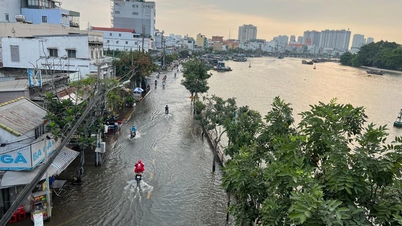

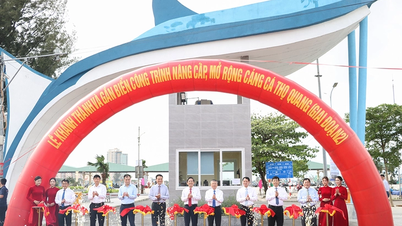

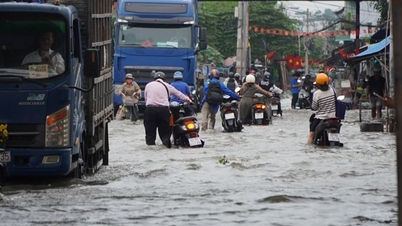






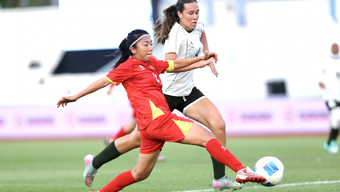

























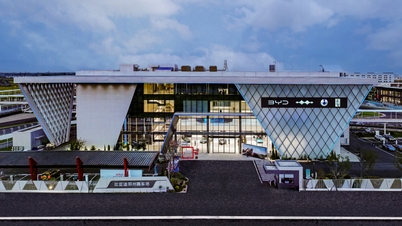

















































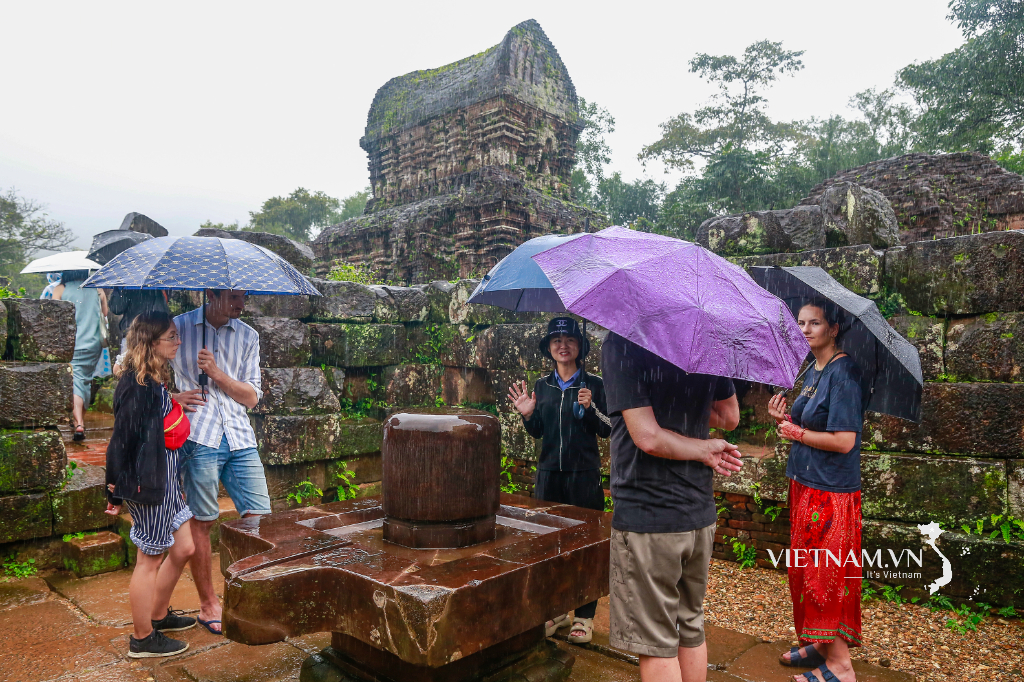

Comment (0)